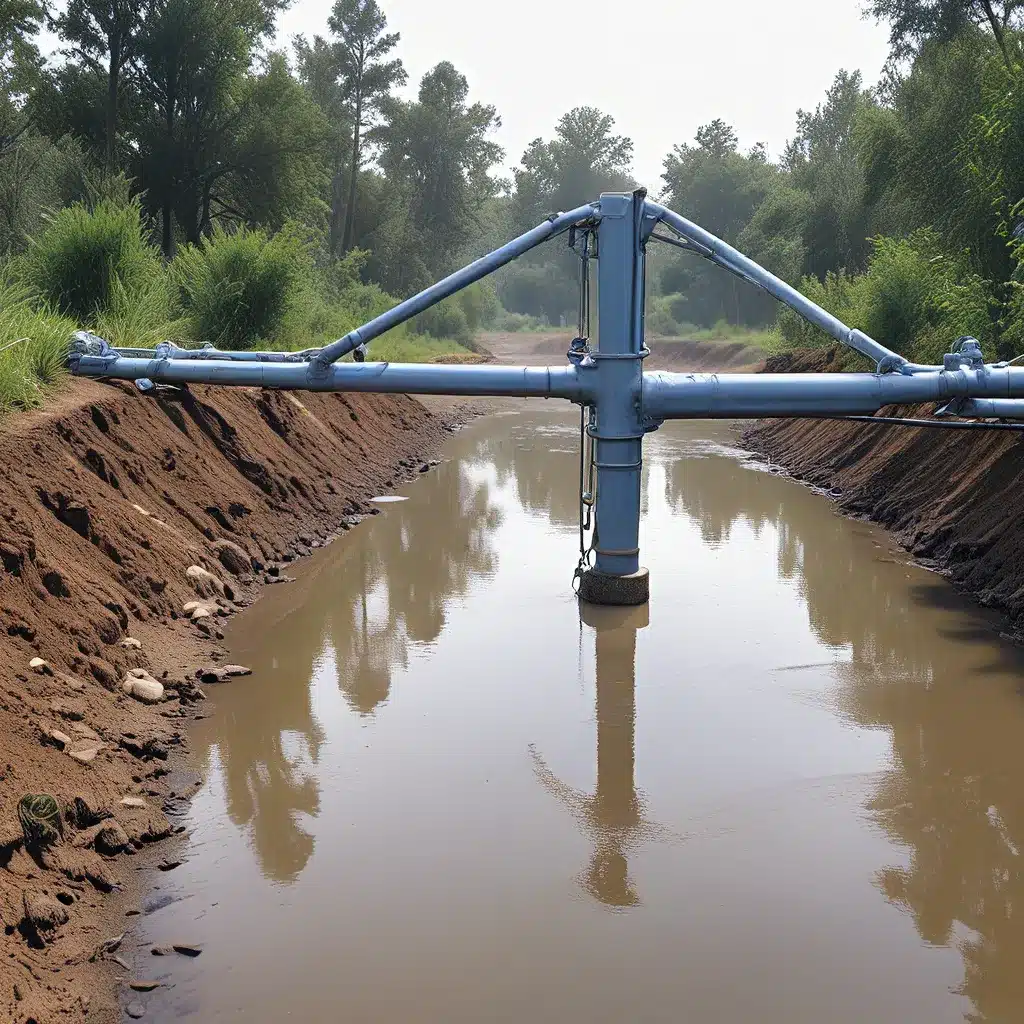
As I gaze out the window, watching the gentle flow of the river winding its way through the lush, verdant landscape, I can’t help but be struck by the sheer power and importance of water in our lives. It’s the lifeblood of our planet, sustaining ecosystems, nurturing our crops, and quenching our thirst. Yet, in an era of climate change and growing demand, ensuring the resilience of our water systems has never been more crucial.
The Challenges of a Thirsty World
The statistics are sobering. Over 2 billion people around the world lack access to safe, clean drinking water. And with populations booming and climate patterns shifting, the strain on our water resources is only going to intensify. Cities like Phoenix, Arizona, are already grappling with the realities of water scarcity, working tirelessly to maintain affordable rates and equitable access to this precious resource.
But the challenges we face go beyond just securing water for our taps. We must also ensure that the water we use is treated and managed in a sustainable way, minimizing our impact on the environment. According to the Resilient San Francisco report, water and wastewater infrastructure account for a significant portion of a city’s greenhouse gas emissions, underscoring the need for innovative solutions.
Embracing the Circular Economy
One approach that holds immense promise is the concept of the circular economy. Instead of the traditional linear model of “take, make, waste,” the circular economy aims to keep resources in use for as long as possible, extracting the maximum value from them and then recovering and regenerating products and materials at the end of their service life.
In the context of water, this might mean treating and reusing wastewater, rather than simply discarding it. It could also involve capturing and repurposing the nutrients and energy contained within the wastewater stream. According to WSP, this “resource recovery” approach not only reduces environmental impact but can also generate new revenue streams for water utilities.
Harnessing the Power of Technology
Of course, achieving this circular vision requires a significant investment in technology and innovation. But the good news is that we’re seeing rapid advancements in areas like water treatment, desalination, and digital monitoring and control systems.
Take, for example, the use of membrane filtration technologies. These systems can remove even the tiniest contaminants from water, making it safe for drinking, irrigation, or industrial use. And with the growing affordability of renewable energy, we’re now able to power these energy-intensive processes in a more sustainable way.
Building Resilience through Collaboration
But technology alone won’t be enough. Ensuring the long-term resilience of our water systems will also require a collaborative, multi-stakeholder approach. Utilities, policymakers, community groups, and private sector partners all have a crucial role to play in shaping a more sustainable water future.
In Inland Waters, for instance, we’ve seen the power of public-private partnerships in action. By working closely with local governments and environmental organizations, we’ve been able to develop innovative solutions that not only address water scarcity but also create new economic opportunities and enhance community well-being.
A Future of Liquid Resilience
As I reflect on the challenges and opportunities before us, I’m struck by the profound responsibility we have to safeguard our water resources for generations to come. It’s a complex and multifaceted challenge, to be sure, but one that I believe we’re more than capable of tackling.
By embracing the principles of the circular economy, harnessing the power of technology, and fostering collaborative partnerships, we can build water systems that are not only robust and resilient but also sustainable and equitable. It’s a future where we can all thrive, secure in the knowledge that our most precious resource is in good hands.
So let’s roll up our sleeves and get to work. The path to liquid resilience may not be an easy one, but I can assure you, it’s a journey worth taking.


